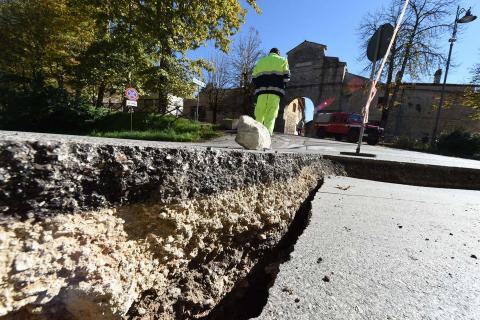Filter results
Content type
Tags
- (-) sequencing (13)
- (-) Synthetic (10)
- (-) Microbiome (8)
- Virology (71)
- Immune Response (48)
- Time Sampled Measurement Datasets (45)
- Gene expression profile data (42)
- Differential Expression Analysis (41)
- Homo sapiens (30)
- Mass spectrometry data (25)
- Viruses (24)
- Multi-Omics (23)
- Health (21)
- Soil Microbiology (21)
- Virus (21)
- MERS-CoV (16)
- Mus musculus (15)
- West Nile virus (11)
- Ebola (9)
- Influenza A (9)
- Metagenomics (9)
- PerCon SFA (8)
- Resource Metadata (8)
- Omics (7)
- Fungi (6)
- Genomics (6)
- Microarray (6)
- Electrical energy (5)
- Sequencing (4)
- soil microbiology (4)
Category
Category
Category
"Deconstructing the Soil Microbiome into Reduced-Complexity Functional Modules" The soil microbiome represents one of the most complex microbial communities on the planet, encompassing thousands of taxa and metabolic pathways, rendering holistic analyses computationally intensive and difficult. Here...
Category
The rhizosphere represents a dynamic and complex interface between plant hosts and the microbial community found in the surrounding soil. While it is recognized that manipulating the rhizosphere has the potential to improve plant fitness and health, engineering the rhizosphere microbiome through...
Agriculture is the largest source of greenhouse gases (GHG) production. Conversion of nitrogen fertilizers into more reduced forms by microbes through a process known as biological nitrification drives GHG production, enhances proliferation of toxic algal blooms, and increases cost of crop...
A major challenge in biotechnology and biomanufacturing is the identification of a set of biomarkers for perturbations and metabolites of interest. Here, we develop a data-driven, transcriptome-wide approach to rank perturbation-inducible genes from time-series RNA sequencing data for the discovery...
This data was generated by the organization GORDIAN. Activities can be phone calls, transactions, or any other type of communications. Most of the files are of the type .csv; and can be opened in a text editor. A description of the data and how to read it can be found in the html files for the...
This data was generated by the organization IvySys. Activities can be phone calls, transactions, or any other type of communications. Most of the files are of the type .edges, .rdf, or .csv; but all can be opened in a text editor. A good introduction to this data can be found in \Tutorial1\MAA...



